Dr. Ambedkar from Mhow to Columbia: The Making of a Revolutionary Mind
The journey of Dr. Bhimrao Ramji Ambedkar from a discriminated downtrodden (Dalit) child in the military cantonment of Mhow to the architect of India’s Constitution represents one of the most extraordinary intellectual transformations in modern history. Born into the “untouchable” Mahar caste on April 14, 1891, Ambedkar’s early experiences of systemic humiliation and his subsequent global education forged a revolutionary mind that would challenge millennia-old social hierarchies and lay the foundation for modern India’s democratic framework.
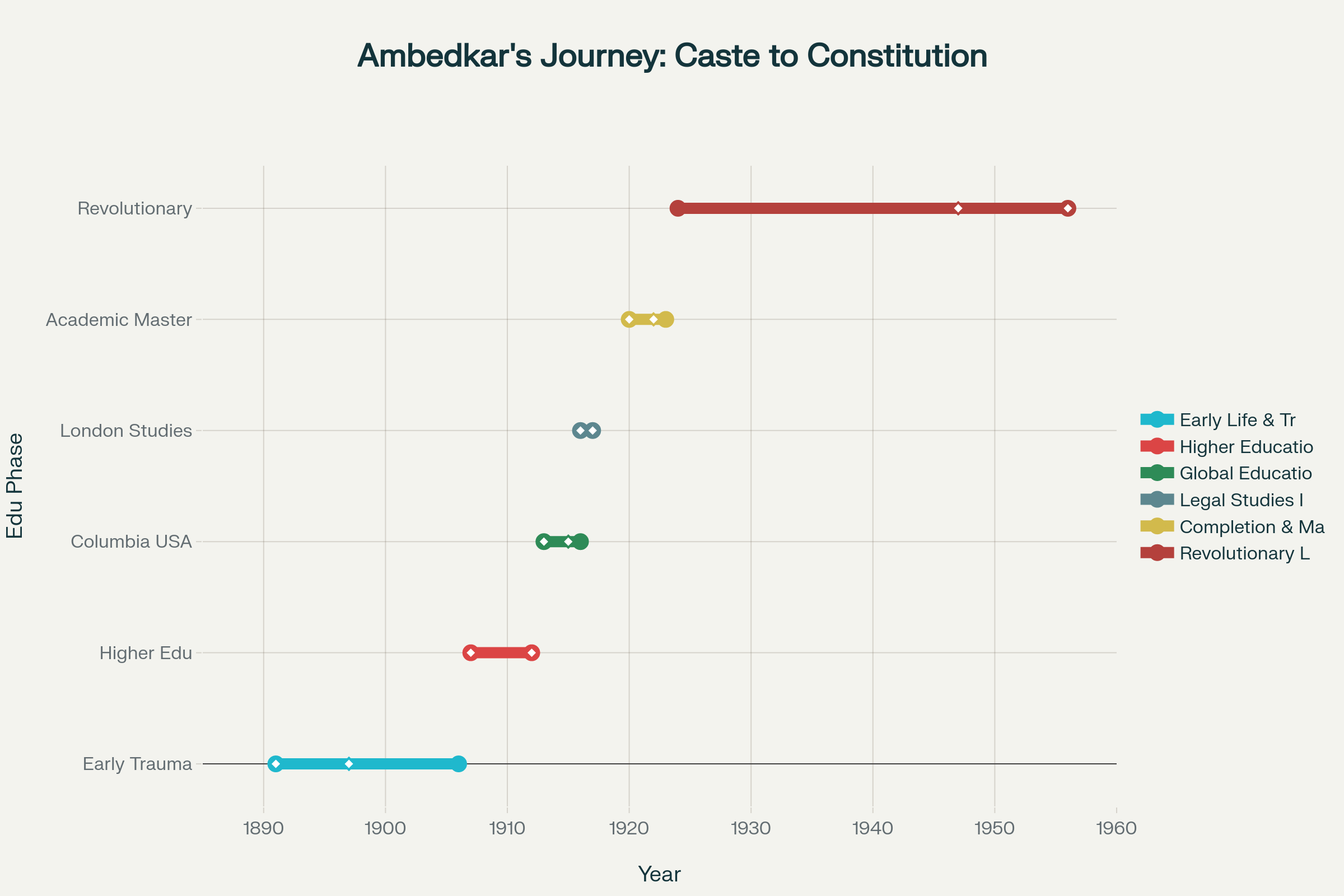
Ambedkar’s Educational Journey: From Mhow to Revolutionary Mind (1891-1956)
The Crucible of Early Life: Mhow and the Architecture of Oppression
Bhimrao Ramji Ambedkar was born as the fourteenth and youngest child of Ramji Maloji Sakpal, a Subedar in the British Indian Army, and Bhimabai Sakpal in the military cantonment of Mhow (now Dr. Ambedkar Nagar) in Madhya Pradesh. His father’s position in the army provided the family with a relatively stable economic situation compared to other Mahars, yet this military privilege could not shield young Bhimrao from the brutal realities of caste-based discrimination that would define his early consciousness. wikipedia+4
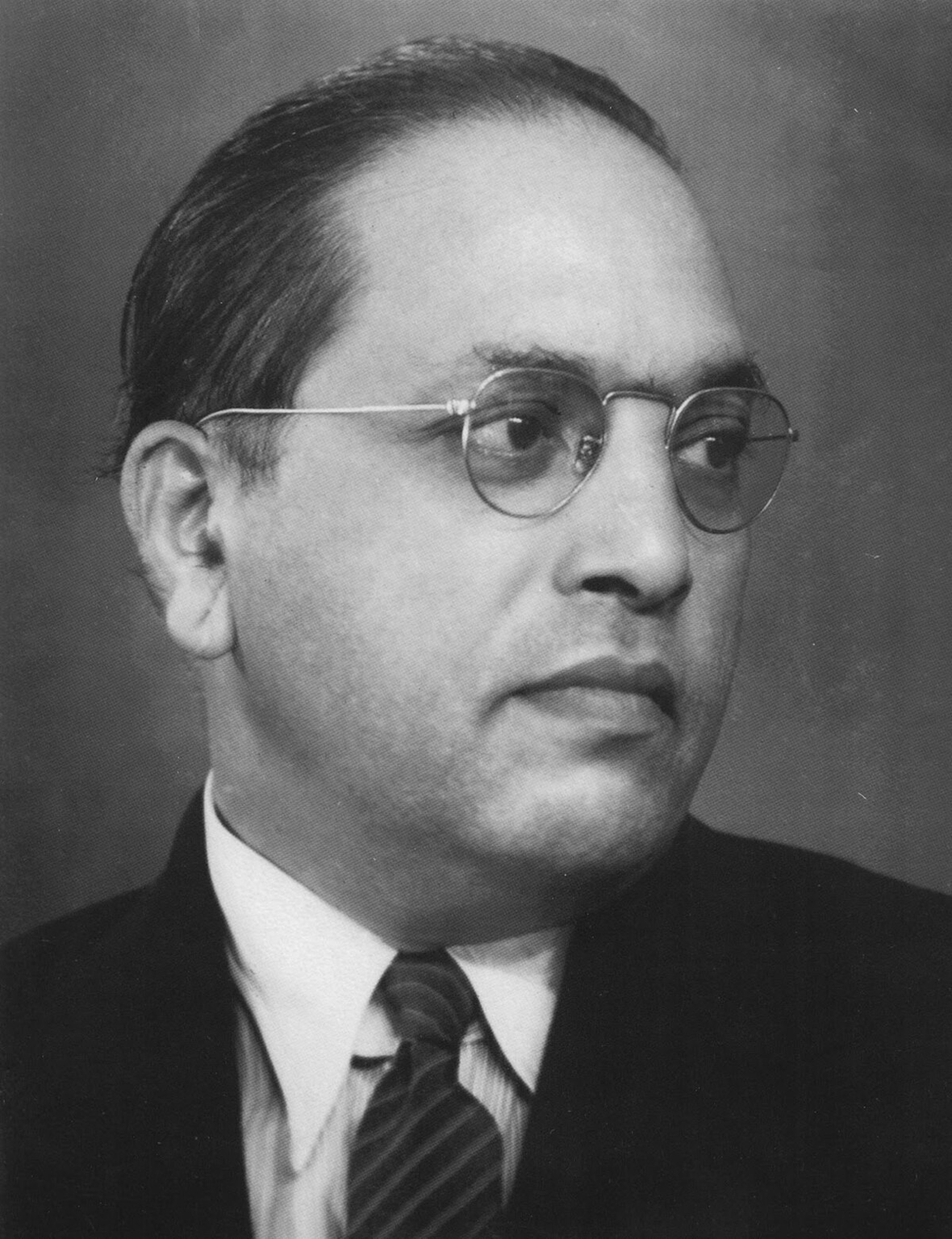
B. R. Ambedkar in a formal portrait photograph, showcasing his distinctive look with round glasses and suit wikipedia
The Mahar community, traditionally considered “untouchable” in the Hindu caste hierarchy, faced systematic exclusion from mainstream society. Despite their historical service in military roles and their reputation for valor – the term “Mahar” itself interpreted as “Maha-Aari” (the Great Warrior) signifying their combative spirit – they remained trapped at the bottom of the social order. This contradiction between their military service to the state and their social ostracism would become a recurring theme in Ambedkar’s later critique of Indian society. timesofindia.indiatimes
The Water That Defined a Life
The most searing experiences of Ambedkar’s childhood revolved around access to water, a basic human necessity that became a symbol of dignity denied. At school in Satara, where the family moved after his father’s retirement in 1894, young Bhimrao faced daily humiliations that would etch themselves permanently into his consciousness. The ritual of drinking water at school encapsulated the essence of untouchability: Ambedkar and other downtrodden (Dalit) children were not allowed to touch the water vessel or drink directly from it.wikipedia+4
Instead, they had to depend on the school peon to pour water from a height into their cupped hands. Ambedkar later summarized this degrading situation with the phrase “No peon, No Water”. When the peon was unavailable, which happened frequently, downtrodden (Dalit) children had to go without water regardless of their thirst. This systematic denial of a basic necessity taught young Ambedkar that his very existence was considered polluting by society. indiatoday+4
The water discrimination extended beyond school premises. During a journey from Satara to Koregaon, when Ambedkar and his siblings stopped at a rest house, they were denied water because of their caste. As Ambedkar wrote in his autobiography “Waiting for a Visa,” “There was plenty of food with us but we were to sleep without food; that was because we could get no water and we could get no water because we were untouchables”. The children had to sleep outdoors at the foot of a hill, with some keeping watch while others slept, fearing for their safety. indiatoday
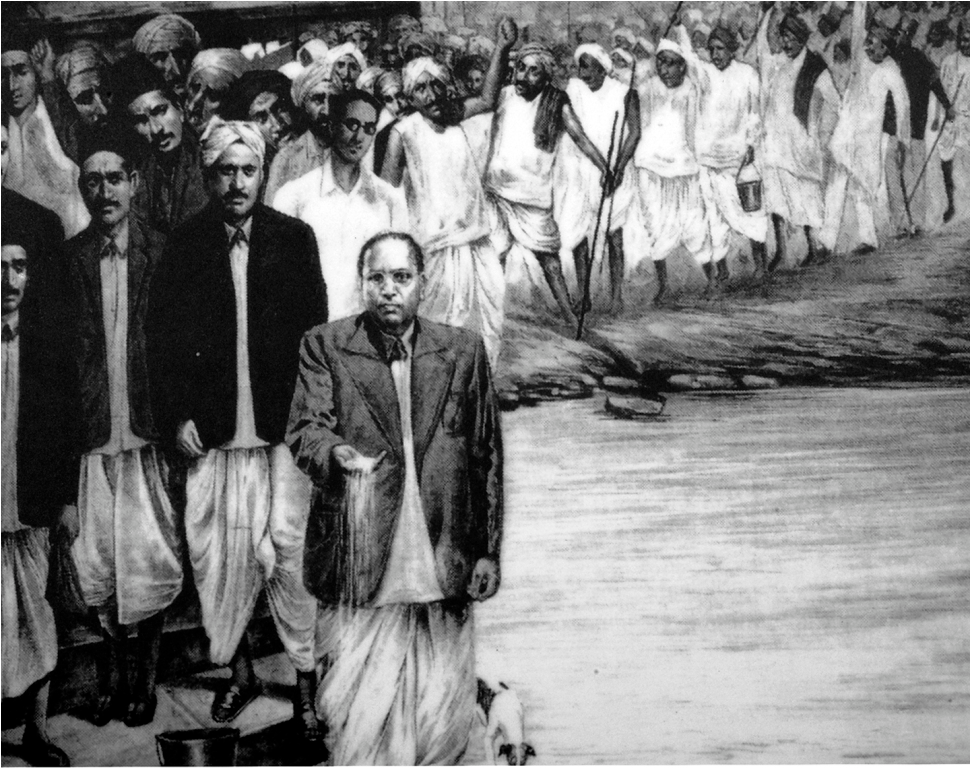
Dr. B.R. Ambedkar leading social reform against caste discrimination and untouchability related to access to water counterview
Educational Apartheid and the Seeds of Resistance
The classroom became another site of systematic humiliation. Ambedkar and other untouchable children were segregated within the school, forced to sit in corners on gunny sacks that they had to bring from home and take back each evening because the school servants would not touch them. Teachers largely ignored them, providing little attention or help with their studies. They were not allowed to sit with other children or participate fully in classroom activities. wikipedia+5
Despite these overwhelming obstacles, young Bhimrao displayed exceptional academic ability. His father, Ramji Sakpal, was himself educated and influenced by the teachings of Saint Kabir, which emphasized equality and social reform. This intellectual environment at home, combined with Bhimrao’s natural brilliance, enabled him to persist in his studies when most of his siblings dropped out. timesofindia.indiatimes+2
The loss of his mother Bhimabai when he was just six years old added another layer of trauma to his childhood. His paternal aunt took over the care of the children, but the family faced difficult economic circumstances. The combination of maternal loss, economic hardship, and daily humiliation could have broken many children, but instead, it forged in Ambedkar an iron determination to succeed academically. indiatoday+3
The Significance of Academic Achievement
When Ambedkar passed his fourth standard examinations, the achievement was considered so extraordinary for someone from his caste that the community organized a public celebration. This event underscored how deeply entrenched educational exclusion was – reaching fourth standard was seen as a “great height” for an untouchable child. It was during this celebration that Ambedkar received a biography of the Buddha from Dada Keluskar, a gift that would prove prophetic given his later conversion to Buddhism. wikipedia
The celebration also highlighted the power of education as a tool for social mobility. For the Mahar community, Ambedkar’s success represented hope that the barriers of caste could be challenged through academic excellence. This early recognition of education’s transformative potential would become central to Ambedkar’s lifelong philosophy. theacademic+3
The First Breakthrough: Elphinstone College and the Birth of Possibility
In 1897, the family moved to Mumbai, where Ambedkar enrolled at Elphinstone High School, becoming the only untouchable student there. This transition from small-town discrimination to metropolitan anonymity provided some relief, though caste consciousness remained ever-present. His successful completion of matriculation in 1907 opened the door to Elphinstone College, affiliated with the University of Bombay. wikipedia+1
Ambedkar’s entry into Elphinstone College in 1908 marked a historic moment – he was reportedly the first person from the Mahar caste to achieve this distinction. The symbolism was profound: a community traditionally excluded from learning had produced someone capable of competing at the highest academic levels. However, this achievement came with the burden of representation; Ambedkar carried the hopes and aspirations of his entire community. vedantu+2
During his college years, Ambedkar married nine-year-old Ramabai in 1906, following the customs of the time. This early marriage, while traditional, also provided him with emotional support during his academic journey. By 1912, he had earned his degree in Economics and Political Science from Bombay University, a remarkable achievement given the social obstacles he had overcome. blogs.library.columbia+2
The Baroda Opportunity: Gateway to Global Education
Ambedkar’s exceptional academic performance caught the attention of Sayajirao Gaekwad III, the progressive Maharaja of Baroda, who had established a scholarship program to send promising students abroad for higher education. In 1913, at the age of 22, Ambedkar was awarded a Baroda State Scholarship of £11.50 per month for three years to pursue graduate studies at Columbia University in New York. wikipedia+3
This scholarship represented more than financial support; it was an opportunity for intellectual liberation. For the first time in his life, Ambedkar would study in an environment where his caste identity would be irrelevant, where he could compete purely on merit, and where he could engage with ideas about democracy, equality, and social justice that were largely absent from Indian academic discourse. borderlines-cssaame+1
Columbia University: The Crucible of Intellectual Revolution
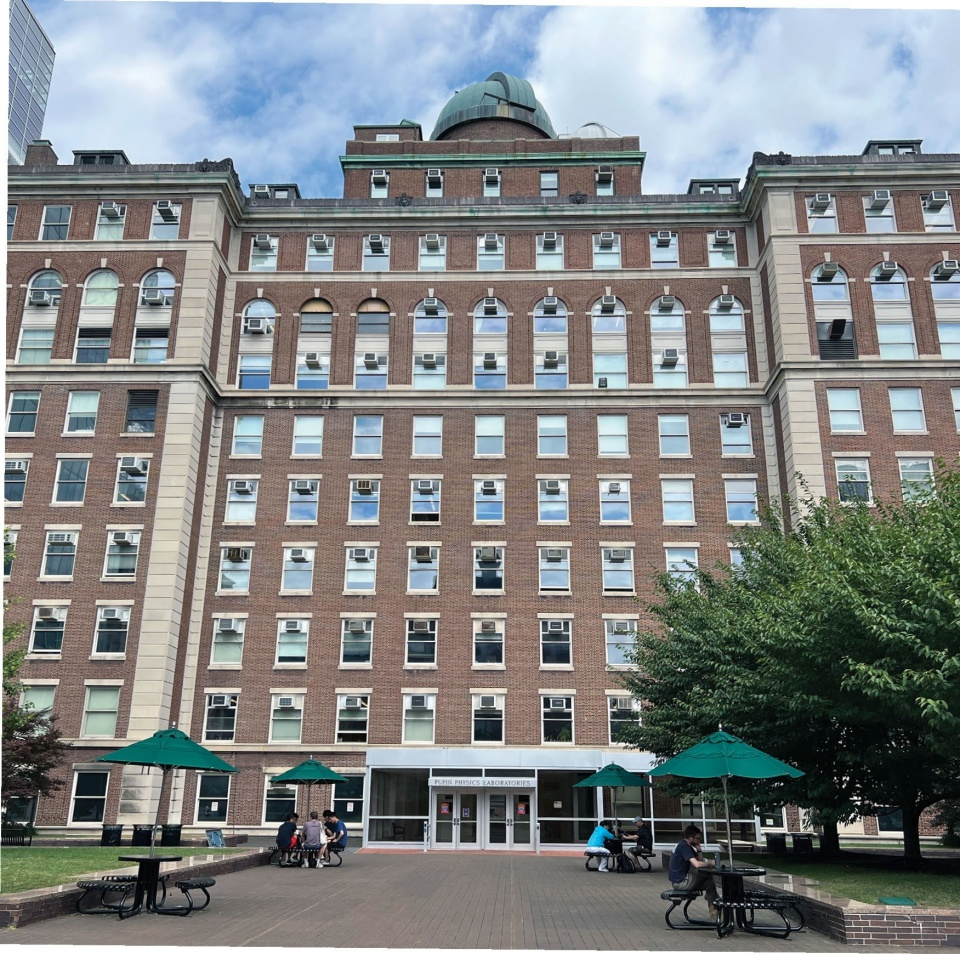
Pupin Physics Laboratories building at Columbia University campus, exemplifying historic academic architecture college.columbia
Ambedkar arrived in New York in July 1913, settling initially at Hartley Hall before moving to Livingston Hall, where he shared accommodation with Naval Bhathena, a Parsi student who became a lifelong friend. The contrast with his experiences in India was striking and liberating. As he told his biographer C.B. Khairmode, he thoroughly enjoyed his first few months in New York, playing tennis and badminton, going dancing and sledding, and attending classes with men and women from across the world. wikipedia+2
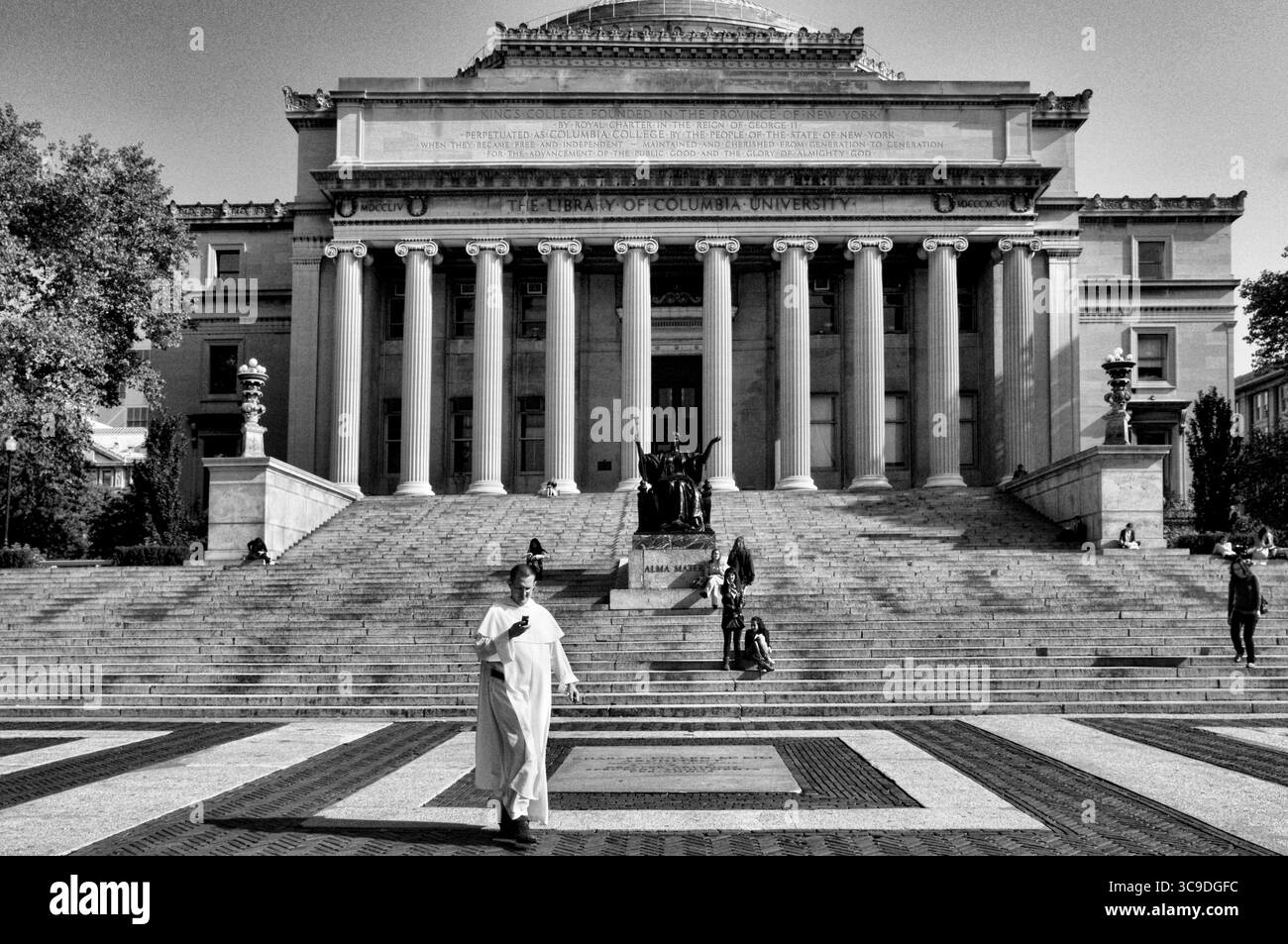
Livingston Hall, Columbia University, a historic symbol of global education and intellectual pursuit alamy
This initial period of freedom and normalcy was revelatory for someone who had never experienced life without the burden of caste stigma. However, Ambedkar’s sense of purpose soon reasserted itself. One night around 3 a.m., as he socialized in his dormitory, he reflected: “What am I doing? I left the loving members of my family thousands of miles away and came here to study—and I am just side-lining my studies and amusing myself—and that too, on the Government’s money!” That night, he resolved to focus more seriously on his intellectual development. borderlines-cssaame
The Dewey Influence: Pragmatism and Democracy
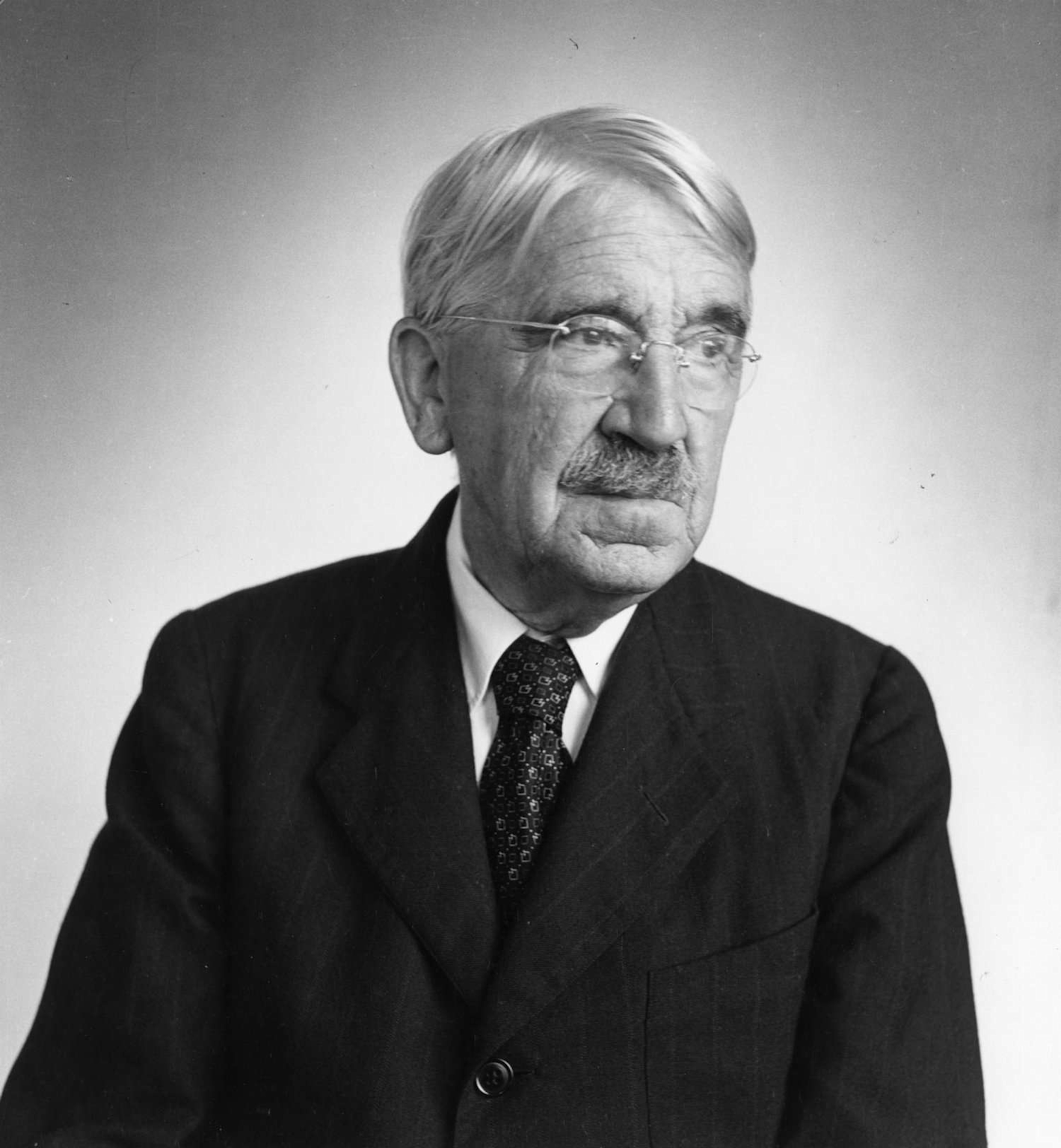
John Dewey, influential Columbia University philosopher and teacher in the early 1900s verywellmind
The most transformative aspect of Ambedkar’s Columbia experience was his encounter with Professor John Dewey, the renowned pragmatist philosopher and educational reformer. Although Ambedkar began his studies at Columbia in 1913, his first documented exposure to Dewey occurred in fall 1914, when he enrolled in a course titled “Types of Logical Theory”. forwardpress+3
Dewey’s influence on Ambedkar was profound and lasting. Decades later, in 1952, Ambedkar would write: “I owe all my intellectual life to him. He was a wonderful man”. In his preface to “Annihilation of Caste,” Ambedkar acknowledged “Prof John Dewey who was my teacher and to whom I owe so much”. Such was Dewey’s impact that Ambedkar reportedly took down every word of his lectures, telling friends that if Dewey died suddenly, “I could reproduce every lecture verbatim”. scroll+1
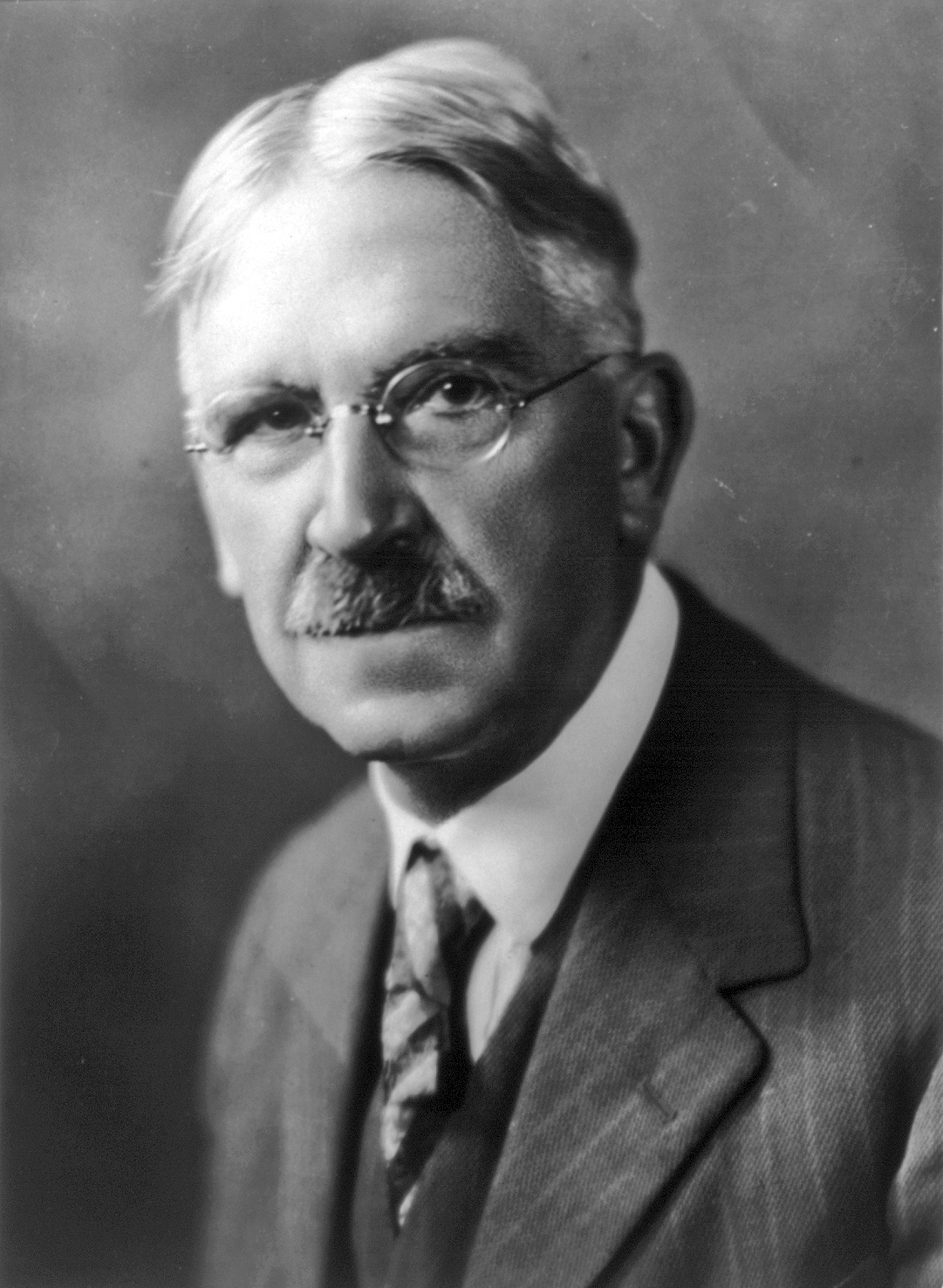
Black and white portrait of John Dewey, Columbia University professor and philosopher, circa 1910s wikipedia
Dewey’s philosophy of pragmatism offered Ambedkar a systematic framework for social reform that emphasized experiential learning, democratic participation, and the reconstruction of social institutions. Dewey’s conception of democracy extended far beyond electoral politics to encompass social and economic equality, a vision that resonated deeply with Ambedkar’s experiences of exclusion. The philosopher’s emphasis on education as a tool for social transformation provided intellectual validation for Ambedkar’s intuitive understanding of learning’s power. forwardpress+3
Academic Excellence and Intellectual Development
Ambedkar’s coursework at Columbia was extensive and interdisciplinary, encompassing economics, sociology, philosophy, anthropology, politics, and languages including elementary French and German. His professors read like a who’s who of early 20th-century American intellectual life: Edwin Seligman in economics, James Shotwell in history, James Harvey Robinson in history, and Alexander Goldenweiser in anthropology. blogs.library.columbia+2
Under Seligman’s guidance, Ambedkar completed his M.A. in June 1915, majoring in economics with his thesis titled “Ancient Indian Commerce”. This work examined the historical development of trade and commerce in ancient India, but with a critical perspective that questioned romanticized narratives and highlighted how caste structures had hindered economic development. wikipedia+3
The Genesis of Revolutionary Ideas
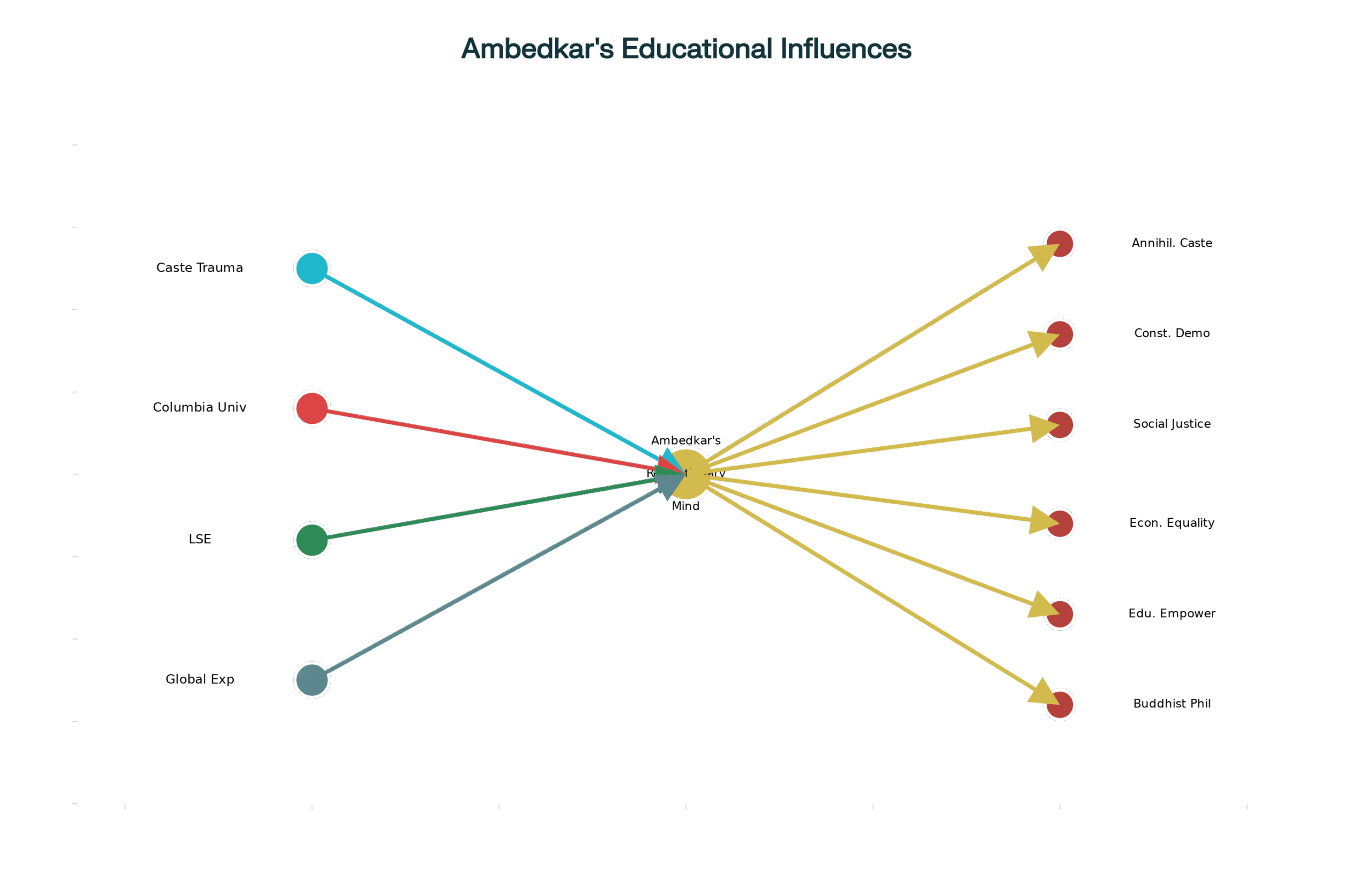
Educational Influences on Ambedkar’s Revolutionary Thinking
Perhaps the most significant intellectual product of Ambedkar’s Columbia years was his paper “Castes in India: Their Mechanism, Genesis and Development,” presented to a seminar conducted by anthropologist Alexander Goldenweiser on May 9, 1916. This paper contained many of the ideas that would later be developed in his famous work “The Annihilation of Caste,” representing the first systematic academic analysis of the caste system by someone who had experienced its brutalities firsthand. wikipedia+1
In this seminal paper, Ambedkar applied the analytical tools and theoretical frameworks he had learned at Columbia to deconstruct the caste system. He argued that caste was not a natural or divinely ordained social order but a human construction that served the interests of dominant groups while oppressing the majority. This academic validation of his experiential knowledge marked the beginning of his transformation from victim to analyst to revolutionary. blogs.library.columbia+1
The London Interlude: Legal Training and Economic Expertise
In October 1916, Ambedkar moved to London to pursue legal training at Gray’s Inn while simultaneously enrolling at the London School of Economics to work on a doctoral thesis. However, his scholarship from Baroda ended in June 1917, forcing him to return to India with his legal and doctoral studies incomplete. Adding to his frustration, the ship carrying his book collection was torpedoed and sunk by a German submarine, resulting in the loss of his entire library. wikipedia+2
This interruption might have derailed a lesser person’s ambitions, but Ambedkar was determined to complete his education. He obtained permission to return to London within four years to submit his thesis and worked as a professor of political economy at Sydenham College in Mumbai while saving money for his return. sci+2
The Return to London: Completing the Intellectual Arsenal
In 1920, with financial assistance from Chhatrapati Shahuji Maharaj of Kolhapur, personal loans from friends, and his own savings, Ambedkar returned to London to complete his studies. This second sojourn was more focused and productive. He completed his M.Sc. in economics in 1921 and was called to the bar by Gray’s Inn in 1922. wikipedia+2
Most significantly, he completed his doctoral thesis “The Problem of the Rupee: Its Origin and Its Solution” and was awarded a D.Sc. in Economics from the London School of Economics in 1923. This thesis was far more than an academic exercise – it provided a sophisticated critique of British monetary policy in India and proposed alternative frameworks that would later influence the establishment of the Reserve Bank of India. anushram+4
The Revolutionary Economist
Ambedkar’s LSE thesis demonstrated his evolution into a sophisticated economic thinker capable of challenging imperial policies on their own terms. He exposed how the British manipulated India’s currency system to benefit their own economy while impoverishing India. His analysis was so compelling that each member of the Royal Commission on Indian Currency and Finance held a copy of his 257-page work when he presented evidence before them in December 1926. blogs.lse+2
The thesis argued for progressive taxation based on income levels and advocated for diverting expenditure from areas like defense to social needs such as education, public health, and water supply. These ideas reflected his understanding that economic justice was inseparable from social justice, and that true independence required not just political freedom but economic sovereignty. anushram+2
The Transformation: From Student to Revolutionary Leader
By the time Ambedkar returned to India in 1923, he had acquired an intellectual arsenal that was unmatched among his contemporaries. He held multiple advanced degrees from the world’s most prestigious universities: M.A. and Ph.D. from Columbia University, M.Sc. and D.Sc. from the London School of Economics, and Barrister-at-Law from Gray’s Inn. More importantly, he had developed a comprehensive intellectual framework for analyzing and challenging oppression. wikipedia+2
His global education had provided him with several crucial tools for revolutionary leadership. From Dewey’s pragmatism, he learned that ideas must be tested through experience and that social institutions could be reconstructed through democratic means. From his economic studies, he gained the analytical skills to critique not just social but also economic exploitation. From his exposure to Western democratic ideals, he developed a vision of an egalitarian society that transcended traditional Indian hierarchies. forwardpress+6
The Integration of Personal and Intellectual
What made Ambedkar’s transformation truly revolutionary was his ability to integrate his personal experiences of oppression with the analytical tools he had acquired through global education. Unlike other Indian intellectuals who studied abroad and returned to comfortable positions within existing power structures, Ambedkar used his education explicitly to challenge the very foundations of Indian society. ijllr+2
His famous slogan “Educate, Agitate, Organize” emerged from this integration. Education provided the analytical tools, agitation created public awareness, and organization built the collective power necessary for social transformation. This three-pronged strategy reflected his understanding that sustainable change required both intellectual foundation and mass mobilization. ijcrt+2
The Revolutionary Mind in Action
Ambedkar’s transformation from traumatized child to revolutionary intellectual was complete by the mid-1920s. He began publishing newspapers like “Mook Nayak” (The Leader of the Dumb) in 1920, “Bahishkrit Bharat” (India Ostracized) in 1927, and “Janata” (The People) in 1930 to spread his ideas and mobilize the downtrodden (Dalit) community. These publications combined academic rigor with accessible language, demonstrating his ability to translate complex ideas into mass communication. ijcrt+1
His academic training enabled him to participate effectively in high-level political forums like the Round Table Conferences in London, where he represented the interests of untouchables with sophisticated arguments that British officials and Indian leaders could not easily dismiss. His global education had given him the intellectual credibility necessary to demand equal representation for his community. blogs.library.columbia+1
The Constitutional Architect
The culmination of Ambedkar’s intellectual journey came with his appointment as Chairman of the Constitution Drafting Committee in 1947. This appointment recognized not just his legal expertise, but his unique understanding of how constitutional frameworks could protect marginalized communities while building inclusive democratic institutions. ijirmf+2
The Indian Constitution that Ambedkar drafted incorporated the democratic ideals he had learned from Dewey, the legal frameworks he had studied in London, and the economic principles he had developed through his academic research. Most importantly, it reflected his deep understanding of how formal equality could be made meaningful for communities that had been historically excluded. constitutionofindia+1
The Global Intellectual in Indian Context
Ambedkar’s global education had made him a cosmopolitan intellectual, but he remained rooted in the Indian context and committed to addressing specifically Indian problems. His exposure to international ideas enabled him to critique Indian society from multiple perspectives, while his personal experiences of caste discrimination ensured that his intellectual work remained grounded in lived reality. blogs.lse+1
His conversion to Buddhism in 1956, shortly before his death, represented the final integration of his global intellectual journey with his commitment to providing his community with dignity and equality. Buddhism offered a rational, egalitarian alternative to Hinduism that was both intellectually sophisticated and practically liberating. ijcrt+2
Legacy of the Revolutionary Mind
Ambedkar’s transformation from a discriminated child in Mhow to a globally educated revolutionary intellectual demonstrates the power of education to transform not just individuals but entire societies. His journey proves that talent and determination can overcome even the most systematic oppression when combined with access to quality education and exposure to liberating ideas.
The revolutionary mind that emerged from this process combined analytical rigor with moral passion, global perspective with local commitment, and intellectual sophistication with practical wisdom. Ambedkar’s life shows how personal trauma can be transformed into social transformation when channeled through education, critical thinking, and unwavering commitment to justice.
His influence extends far beyond India, inspiring oppressed communities worldwide and providing a model for how education can serve as a tool for social revolution. The journey from Mhow to Columbia to the Constitution of India represents not just one man’s triumph over adversity but a blueprint for how marginalized communities can achieve liberation through the power of learning and the courage to challenge existing power structures.
Today, as societies around the world grapple with issues of inequality, discrimination, and social justice, Ambedkar’s example remains profoundly relevant. His demonstration that intellectual excellence and moral courage can overcome even the most entrenched systems of oppression continues to inspire those who believe in the transformative power of education and the possibility of creating more just and equitable societies.
- https://en.wikipedia.org/wiki/B._R._Ambedkar
- https://www.indiatoday.in/education-today/gk-current-affairs/story/br-ambedkars-untold-stories-how-a-boy-denied-water-wrote-indias-constitution-2708909-2025-04-14
- https://timesofindia.indiatimes.com/readersblog/dinesh-sud/the-fascinating-story-of-dr-br-ambedkar-27216/
- https://www.pib.gov.in/PressReleaseIframePage.aspx?PRID=1916229
- https://www.vedantu.com/biography/dr-br-ambedkar-biography
- https://www.champak.in/stories/an-untouchable-tale
- https://ijellh.com/index.php/OJS/article/download/11479/9521/17829
- https://www.indiatimes.com/explainers/news/caste-water-and-the-notion-of-purity-how-india-failed-to-heal-ambedkars-wound-579830.html
- https://ijariie.com/AdminUploadPdf/Thirsting_for_Equality__Caste_Barriers_and_Water_Rights_ijariie24889.pdf
- https://ijcrt.org/papers/IJCRT2307431.pdf
- https://theacademic.in/wp-content/uploads/2024/03/7.pdf
- https://ijcrt.org/papers/IJCRT1801600.pdf
- https://www.worldwidejournals.com/indian-journal-of-applied-research-(IJAR)/recent_issues_pdf/2016/January/January_2016_1451915318__190.pdf
- https://ijcrt.org/papers/IJCRT1135005.pdf
- https://www.nextias.com/blog/dr-br-ambedkar/
- https://blogs.library.columbia.edu/global-studies/2019/04/15/speaking-truth-to-power-dr-ambedkar-and-columbia-university/
- https://www.sci.gov.in/centenary-of-dr-b-r-ambedkars-enrolment-as-an-advocate/
- https://borderlines-cssaame.org/posts/2020/1/31/b-r-ambedkar-and-the-study-of-religion-at-columbia-university
- https://www.braingainmag.com/ambedkar-abroad-a-tale-of-opportunity-brilliance-and-grit.htm
- https://www.forwardpress.in/2017/05/john-dewey-pragmatism-communication-and-bhimrao-ambedkar/
- https://www.climate.columbia.edu/events/ambedkar-dewey-and-evolution-pragmatism-india
- https://papers.ssrn.com/sol3/Delivery.cfm/SSRN_ID2994265_code2273069.pdf?abstractid=2994265&mirid=1
- https://scroll.in/article/1044375/how-professor-john-dewey-br-ambedkars-teacher-inspired-him-with-his-liberal-and-progressive-ideas
- https://www.anushram.com/blog/thesis-of-dr-br-ambedkar/
- https://www.ijllr.com/post/dr-ambedkar-and-the-fight-against-caste-discrimination-then-and-now
- https://blogs.lse.ac.uk/lsehistory/2023/10/25/the-life-and-thought-of-dr-b-r-ambedkar-in-london/
- https://blogs.lse.ac.uk/lsehistory/2016/01/29/no-more-worlds-here-for-him-to-conquer-br-ambedkar-at-lse/
- https://en.themooknayak.com/bahujan-nayak/100-years-of-the-problem-of-rupee-dr-br-ambedkars-historic-thesis-shapes-indias-economic-future
- https://www.indiatoday.in/india-today-insight/story/why-publication-of-br-ambedkars-thesis-a-century-later-will-be-significant-2334230-2023-02-13
- https://ambedkarinternationalcenter.org/2020/11/dr-b-r-ambedkar-a-veritable-phenomenon/
- https://www.roundtableindia.co.in/interest-in-dr-b-r-ambedkar-among-academics-outside-india/
- https://www.ijirmf.com/wp-content/uploads/IJIRMF201611074.pdf
- https://www.bbc.com/news/world-asia-india-65175711
- https://www.constitutionofindia.net/members/b-r-ambedkar/
- https://timesofindia.indiatimes.com/education/web-stories/8-revolutionary-ways-ambedkar-made-education-the-force-for-social-change/photostory/120268897.cms
- https://www.britannica.com/biography/Bhimrao-Ramji-Ambedkar
- https://www.redalyc.org/journal/7038/703873561011/html/
- https://www.jlls.org/index.php/jlls/article/viewFile/5309/1869
- https://www.jetir.org/papers/JETIR2007467.pdf





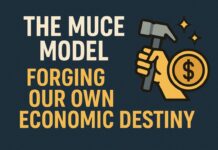





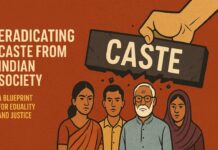



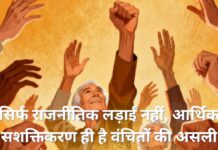

[…] Dr. Ambedkar from Mhow to Columbia: The Making of a Revolutionary… […]
[…] “From Mhow to Columbia: The Making of a Revolutionary Mind” […]